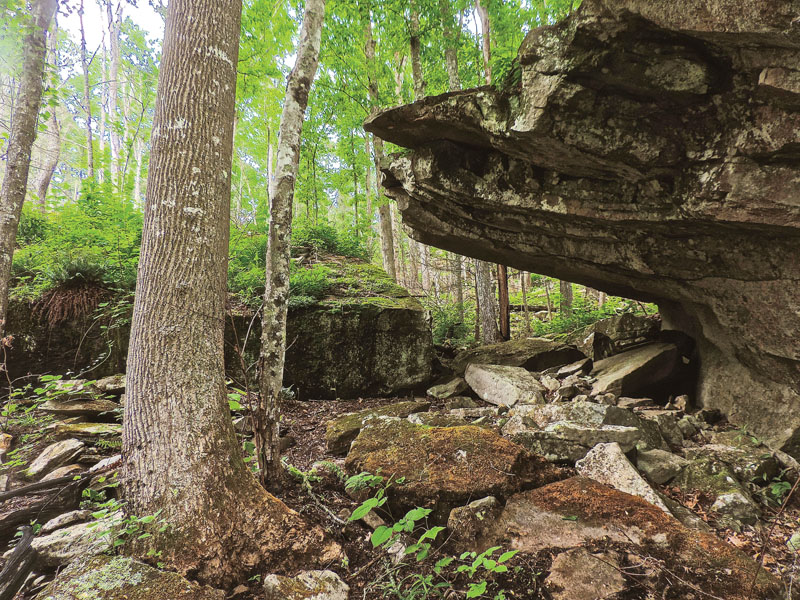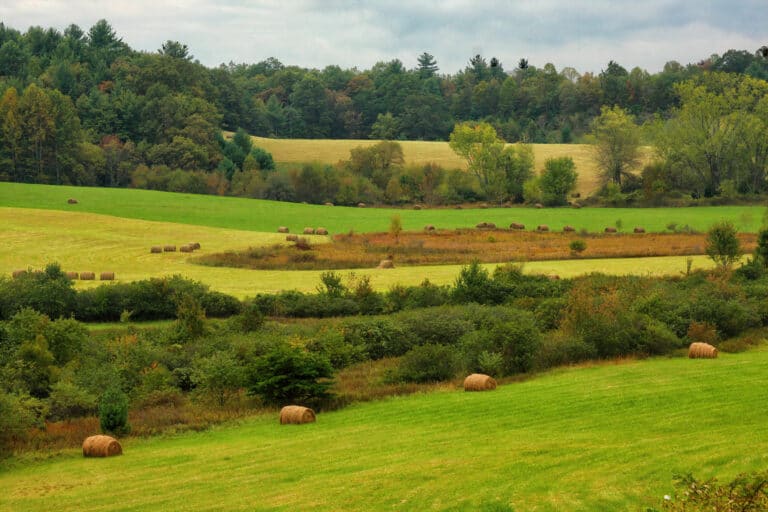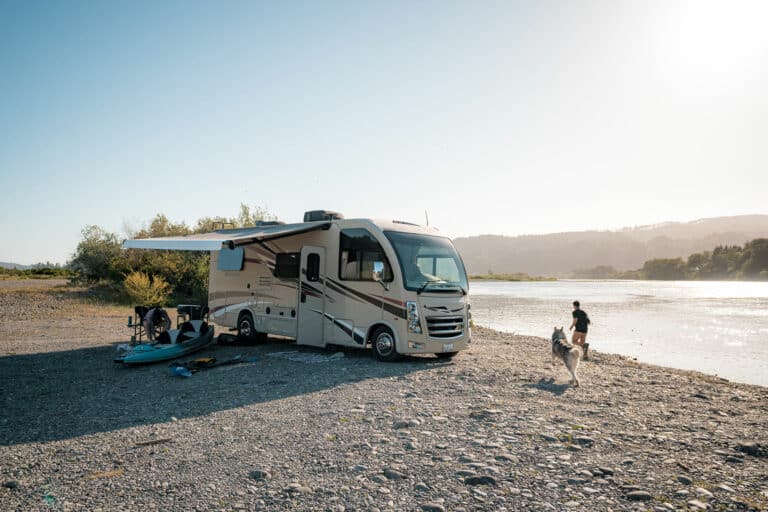The bones arrived on a Friday afternoon.
As a wildlife biologist, it’s not uncommon for people to bring me oddities they find here in the Virginia woods. I’ll get a turtle shell from time to time, maybe a deer skull or a fossil imprint frozen in a lump of coal. But something was different about the handful of bone fragments a local student brought us after hiking an old railbed above the Powell River. It only took a few minutes for us to figure out why they seemed so strange: they were from a human leg.
Certain things happen when you discover human remains. The police are called. Evidence is collected. Questions are asked. Was this a murder victim? How long had the bones been there? No one seemed to know, so we waited while investigators pieced together their history.
Artifacts are a core part of our identity in Appalachia. I teach at a small college in the southwest Virginia coalfields, and I’m often asked why those of us in coal country focus so much on the past. It’s a common refrain. J.D. Vance’s bestselling Hillbilly Elegy recently touched off a national discussion about our region being stuck in a regressive cycle of poverty and dependency. Even the 2016 presidential election seemed to be a referendum on whether Appalachia should look forward or inward to its roots. Media profiles have been dissecting us ever since.
When I get those kinds of questions, I often point back to that handful of bones. We can’t avoid the past here because it’s everywhere, hiding unnoticed above a riverbank or in plain sight in the ragged scar of a surface mine. The scattered remains of those mines, in fact, are about all my county is known for outside of the mountains. Read a piece on coal country in the New York Times or Washington Post, and chances are it will be accompanied by a panoramic image of the guts of a surface mine from here in Wise County. When photographers turn their lens on our people, they’ll find the most poverty-stricken neighborhood or visit the free health clinic we host each summer, where folks file into stalls at the county fairground to get teeth pulled and their vision checked.
But rarely mentioned in those articles is what lies beyond the poverty and outside of a mine. Hidden behind the camera in those jarring images of mountaintop removal often isn’t more coal extraction but tens of thousands of acres of national forest. Long-forgotten trails trace faintly into shadowed coves that hold secrets, some of them cloaked in virgin timber. And those same people so often caricatured in photo essays and stump speeches are working to enhance our outdoor assets into a sustainable alternative for an industry in its death throes.
When you’re born and raised in coal country, though, one-sided perceptions take a toll. My students often complain about having nothing to do in this part of the mountains. For many, their degree is a path out of an area that seems too far gone for any real hope. With so much emphasis on our region’s problems, it can be difficult to see past them.
So, we take a hike. I’ll walk them up those overgrown trails to see hemlocks some three centuries old. We’ll sample wild brook trout from a mountain stream or climb to a lookout tower to not only look at distant surface mines but also peer into the high country of North Carolina and Tennessee. We don’t get into the woods to forget or minimize our region’s issues; we go there to explore the treasures we still have and what’s at stake if they’re lost. “I’ve driven by this trailhead a thousand times and never thought about stopping,” one of those students told me after a local field trip this spring. “I’ll be coming here a lot more now.”
Few of us are naive enough to think that simply getting onto the trail could save the coalfields. But our hope is that in helping people realize what we still have here, we can each find something out in those woods, whether that means developing a new regional identity or just discovering a missing part of ourselves.
Or, perhaps, stumbling across an odd group of bones.
It took several months for the investigation into the remains we received to reach a conclusion. The bone fragments were old—ancient, in fact—dating back at least five hundred years to when a Native American man came to rest on a lonely sandstone ledge above the Powell River. A rail line was built just a few yards away after coal was discovered several centuries later. That rail line eventually closed as the industry boomed and faded away, leaving the remains of two eras lying side-by-side in a forgotten part of the mountains that most of our youth have never known.
This spring, work began to convert that abandoned railbed into a trail that will be used to attract hikers, mountain bikers, and perhaps one more round of rebirth to these hills. Will it work? It might take a generation to find out, but in the meantime we’ll do what we know best: we’ll look to where we’ve been to see if we can figure out where we’re going. In a place that’s been built on uncertainty, transitions are more familiar than they seem.








